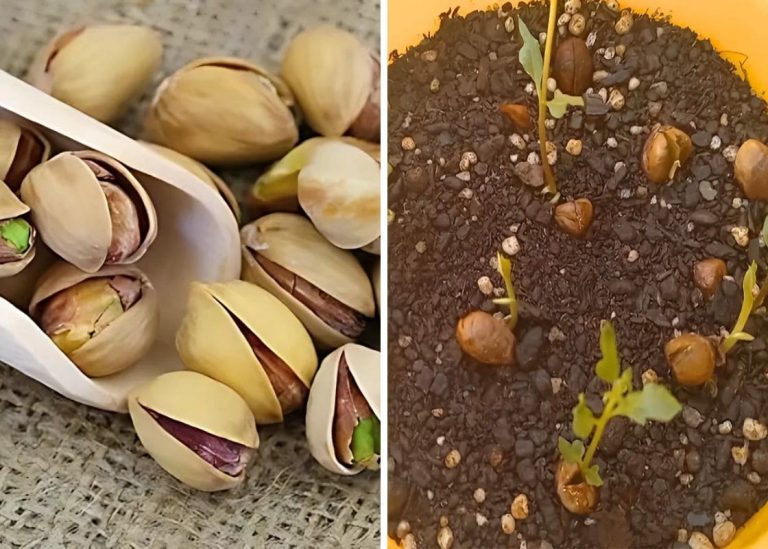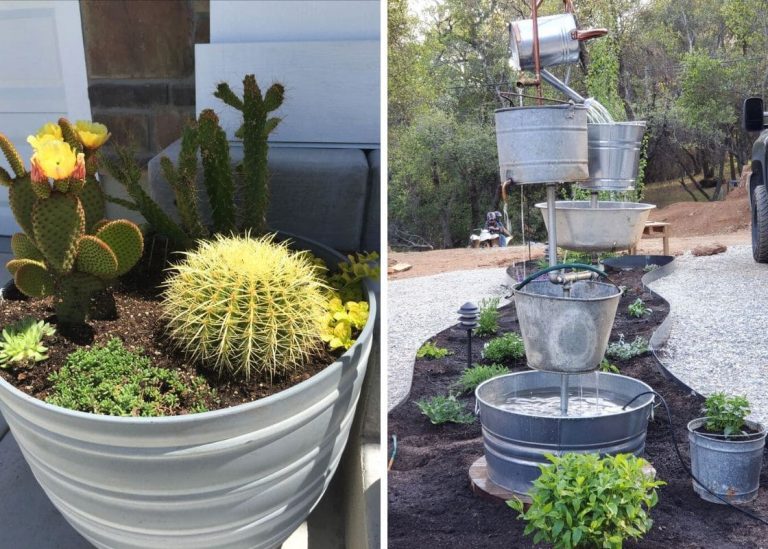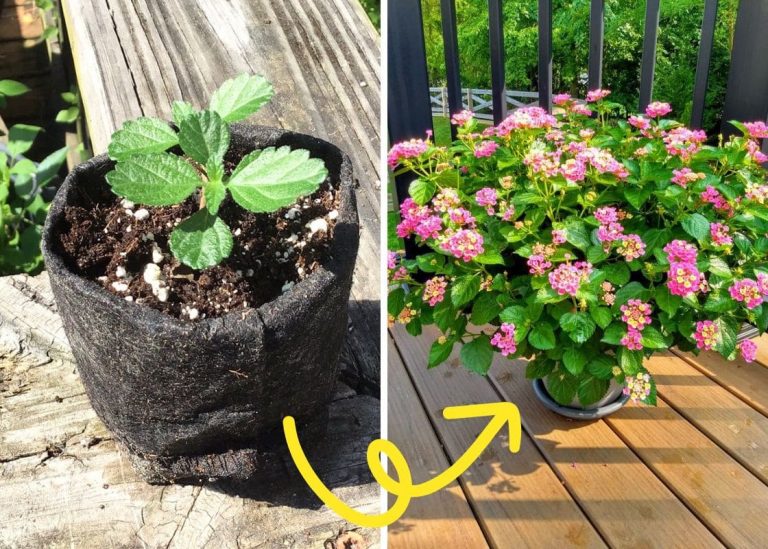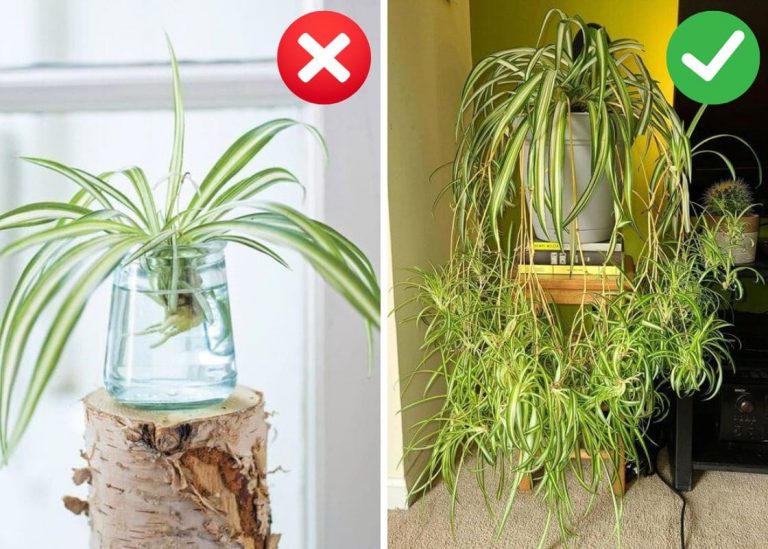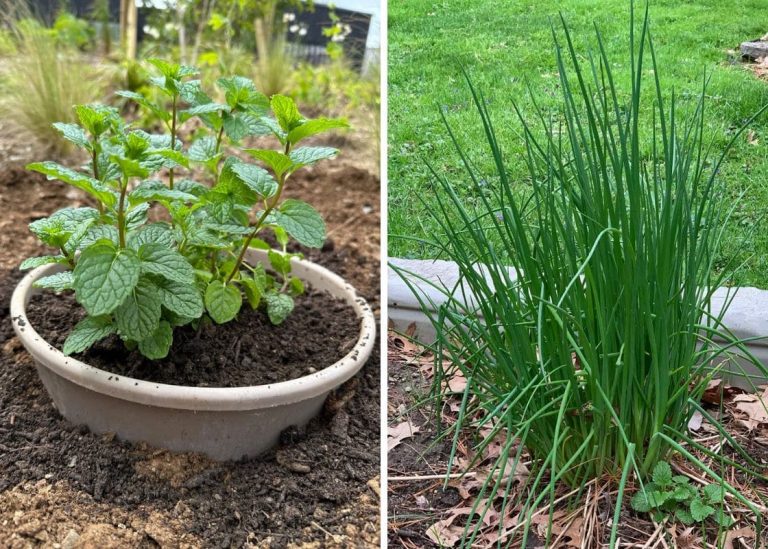10 Plants I Swore I’d Never Grow (But Do Now, and Love)
That Time I Said “Never”… and the Garden Laughed
If I had a penny for every plant I once refused to grow, I’d probably have enough to buy a whole new set of terracotta pots. You know how it goes—you swear off something for good. Too needy, too wild, too boring, too spiky. I had my list, and I was firm about it.
I’d walk through garden centers with my nose in the air at certain plants. “Nope. Not for me. Never.” I had opinions, and I wore them like a sunhat. That was until I actually started gardening seriously. When I got my hands in the dirt more than once a season and realized the garden has a funny way of humbling you.
The first plant I swore off ended up blooming right outside my kitchen window, bright and beaming like it had something to prove. The second one was a gift—one I didn’t have the heart to toss. The third just… showed up. Uninvited. And I let it stay. And then I loved it.
So here’s my confession. These ten plants? I swore I’d never grow them. I rolled my eyes at them, doubted them, judged them. And now? Now they’re part of my garden family. Maybe even some of the ones I treasure most.
1. Marigolds

I used to skip right past marigolds at the nursery. They felt too loud, too orange, and frankly, too predictable—like the garden equivalent of a store-brand cookie. But one year, I planted a few between my tomato plants, mostly because an old gardening book said they’d keep pests away. That summer, I found myself falling for them.
Day after day, they bloomed bright and steady, like garden cheerleaders I hadn’t asked for but suddenly couldn’t imagine doing without. I’d walk out with my coffee in the morning and there they were, still standing tall after a storm, catching sunlight like little flames. These days, I plant them on purpose. They’ve earned their space and then some.
Tip: Keep them blooming all season by pinching off faded flowers. They love the sun and don’t mind a bit of dry soil now and then.
2. Zucchini
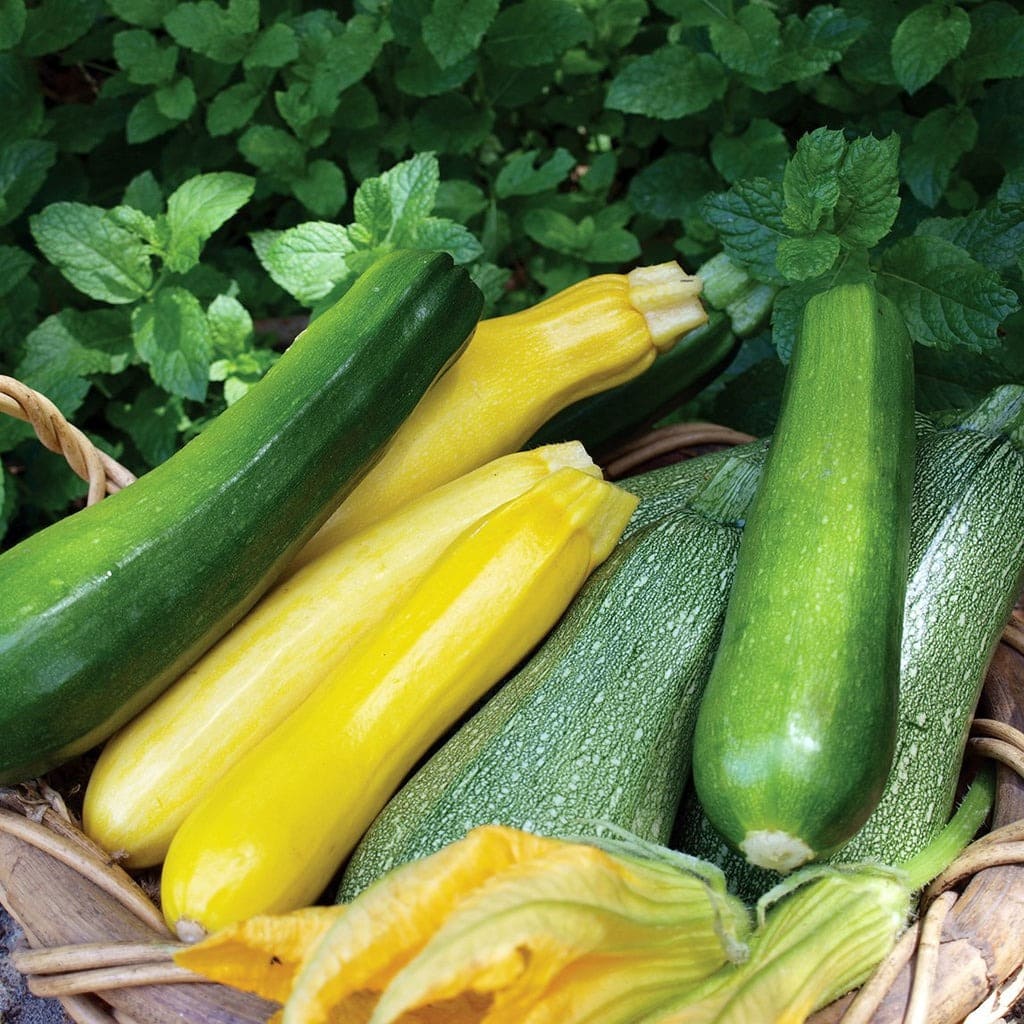
For years, I avoided zucchini like it was a garden trap. I’d heard the stories—friends drowning in baskets of squash, sneaking it into muffins, begging neighbors to take some. It all felt too much for one plant. But one spring, with an empty corner and a free seedling in hand, I gave in.
The thing took off like a leafy green rocket. The blossoms were big and showy, the fruits tender and sweet. I remember slicing the first one into ribbons and tossing it with lemon and herbs—it tasted like summer. Now I grow one or two plants every season, just enough to enjoy without the overwhelm.
Tip: Harvest early when the fruits are about 6 inches long. Water consistently, especially during fruit development, and you’ll avoid the dreaded hollow centers.
3. Snapdragons

Snapdragons always struck me as too stiff, too formal—something suited for a parade float or florist window. But then I found a sad little six-pack on the clearance rack, wilted but full of potential. I tucked them into the sunniest edge of my front bed, not expecting much. And oh, did they surprise me.
Within weeks, they were blooming in soft sherbets and bold jewel tones, drawing bees and hummingbirds like tiny magnets. They danced in the breeze, not stiff at all, but full of whimsy and charm. That first flush of color won me over. I’ve been planting them ever since.
Tip: Shear them back by half after the first bloom to encourage a second round of flowers. They also make great cut flowers—bonus joy indoors!
4. Petunias
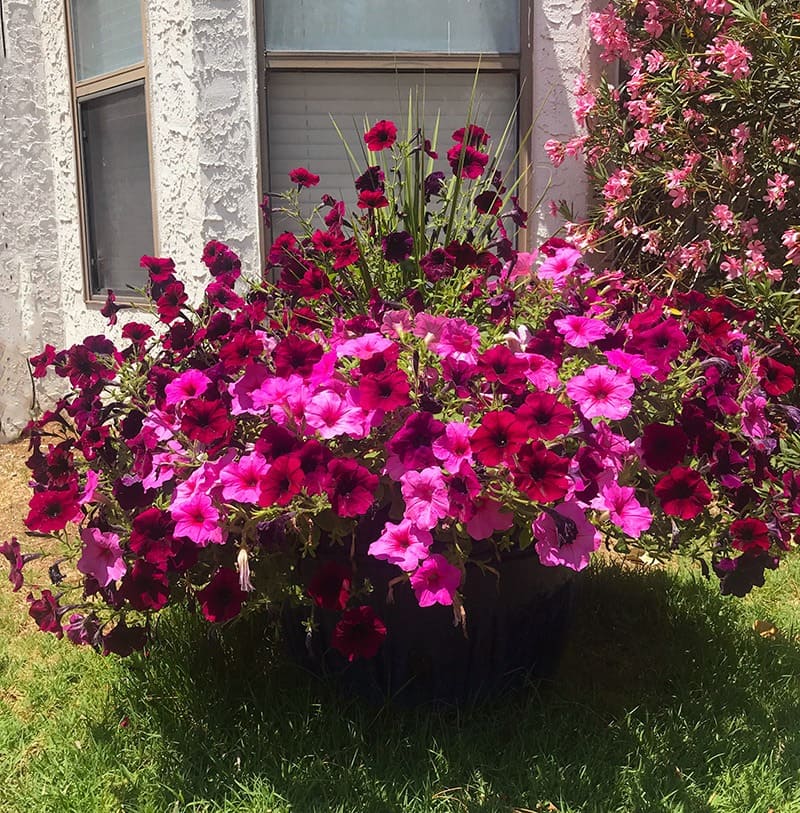
There was something about petunias I just couldn’t stand—maybe the sticky leaves, maybe the fact that they were everywhere. Grocery store baskets, parking lot planters… I just didn’t see the appeal. Until a friend moved and left me with a few containers. I almost tossed them, but instead I watered them out of guilt.
Weeks passed, and those petunias grew like they were on a mission. They tumbled down the sides of the pots in waves of color—velvety purples, deep reds, and even creamy pastels I hadn’t seen before. They filled the space with almost no fuss and made me smile every time I stepped outside. Turns out, all they needed was a chance.
Tip: Trim them back by one-third in midsummer if they get leggy. A little refresh and they’ll bounce right back with blooms.
5. Celosia
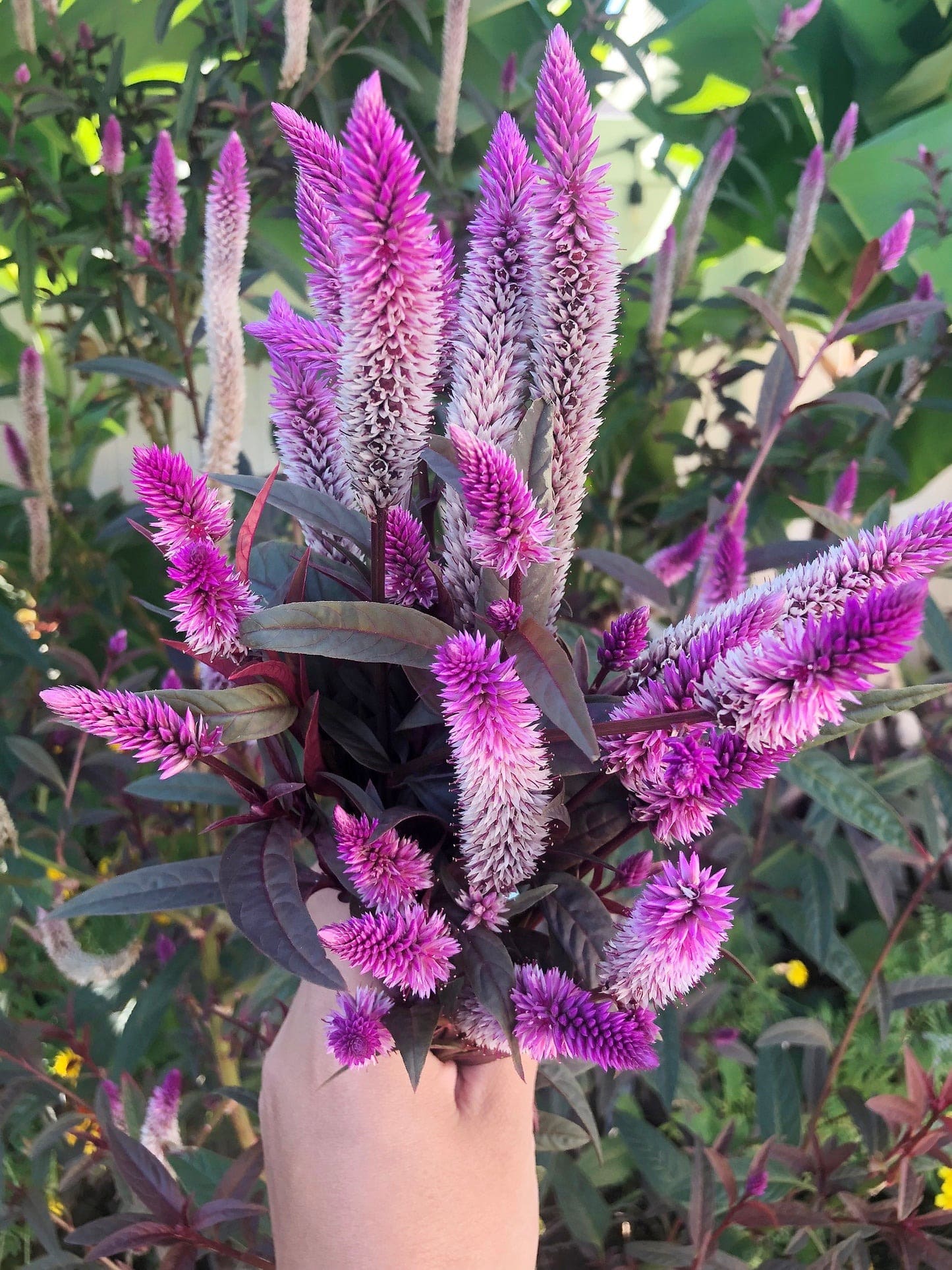
At first glance, I thought celosia looked a bit… odd. Like someone stuck velvet feathers into the dirt. I couldn’t decide if they were charming or just trying too hard. But one year, I was given a tray of mixed seedlings and decided to plant them behind the cosmos, assuming they’d stay politely in the background.
They didn’t. They stole the show—bright, fuzzy plumes in sunset colors that looked like they belonged in a fairy tale. Even the bees hovered around them like they weren’t quite sure what they were, either. But I was hooked. Now I grow them every year and tuck them into bouquets like little exclamation points.
Tip: They love heat and don’t need much water once established. Pinch them early to encourage bushier growth and more blooms.
6. Dill
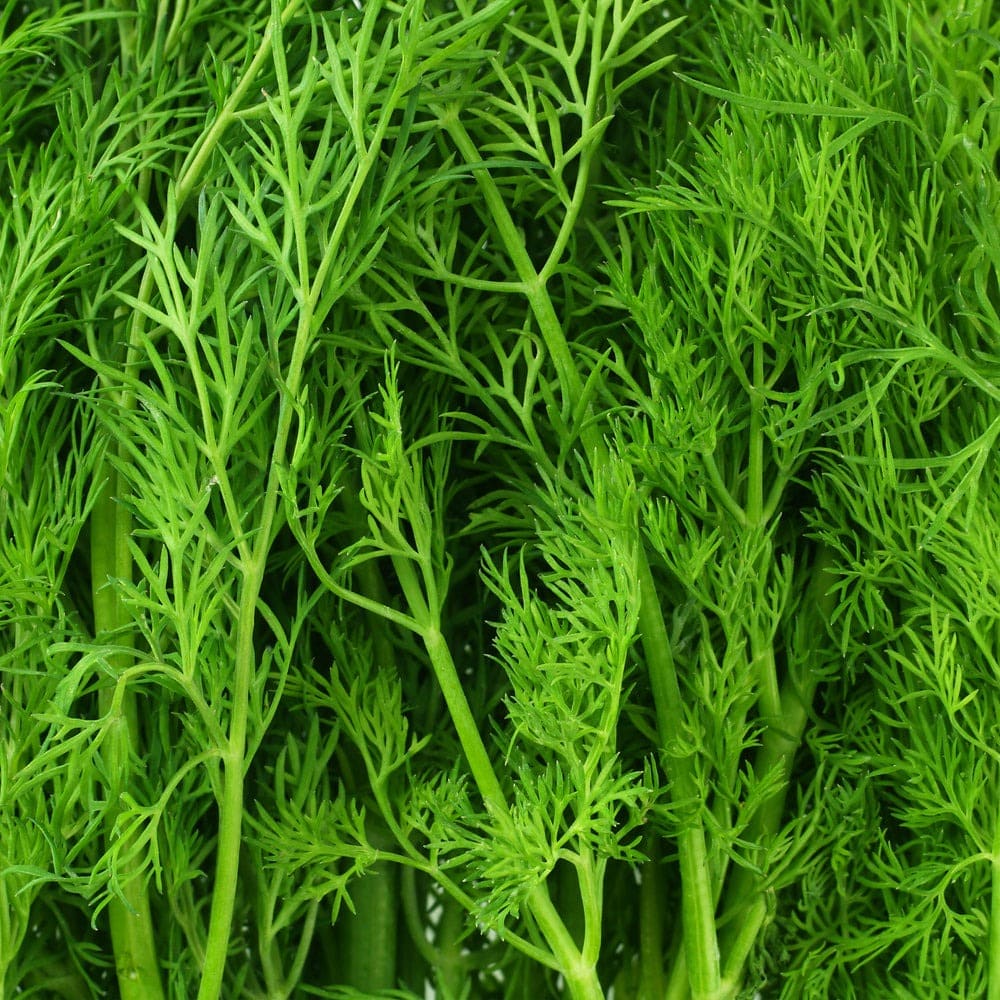
I had a bad attitude toward dill for years. Maybe it was the scent—sharp, strong, like something meant only for pickles and potato salad. It felt too specific, not something I wanted taking over my garden beds. But one spring I let a few self-seeded sprigs grow, mostly because the feathery leaves looked pretty against my kale.
Soon after, the swallowtail caterpillars showed up. Then the butterflies. And I stood there, stunned, as something I barely tolerated became a buffet for beauty. Since then, I’ve welcomed dill with open arms—for its scent, its lacey grace, and the fluttering life it brings with it.
Tip: Let a few plants go to seed for pollinators and volunteers next season. Dill bolts quickly in heat, so succession plant if you want leaves all summer.
7. Coleus

Coleus never wowed me. No flowers, just leaves—and loud ones at that. I passed them up for years, convinced they didn’t have a place in my color palette. But then I spotted a variety called ‘Chocolate Mint’ at a plant sale and couldn’t stop staring at it. I brought it home on impulse, no plan in mind.
It ended up on my shady porch in a weathered clay pot, and I fell in love fast. The rich, dramatic foliage lit up the shade like nothing else. Every leaf was a little piece of art. Now I collect different varieties like they’re vintage postcards.
Tip: Coleus thrives in shade to part sun and loves consistent moisture. Pinch the tops regularly to keep it bushy and vibrant.
8. Geraniums
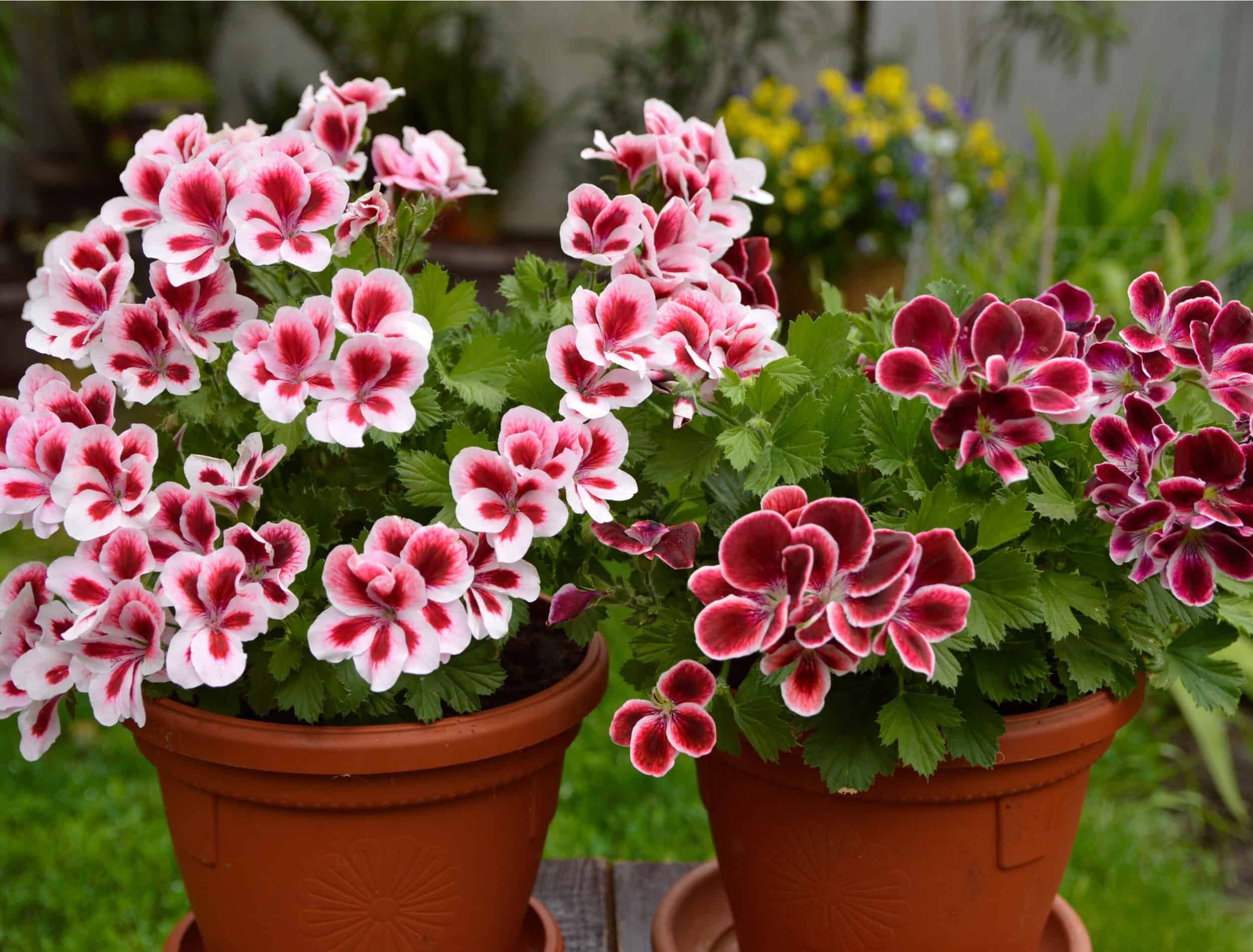
For a long time, I thought geraniums were just… old-fashioned. The kind of plant that lived on plastic porches in red clay pots next to a fading welcome mat. I didn’t hate them, I just never saw the point. But when I inherited a houseplant version from an elderly neighbor, I promised I’d keep it alive.
Not only did it survive—it flourished. I began to appreciate the soft fuzz on the leaves, the bright clusters of blooms that kept showing up when nothing else dared, and the easygoing nature of it all. I eventually bought more, and now I can’t imagine my garden without their steady, blooming charm.
Tip: Give them plenty of sun, and let the soil dry out between waterings. Remove faded blooms regularly to keep them flowering.
9. Pansies
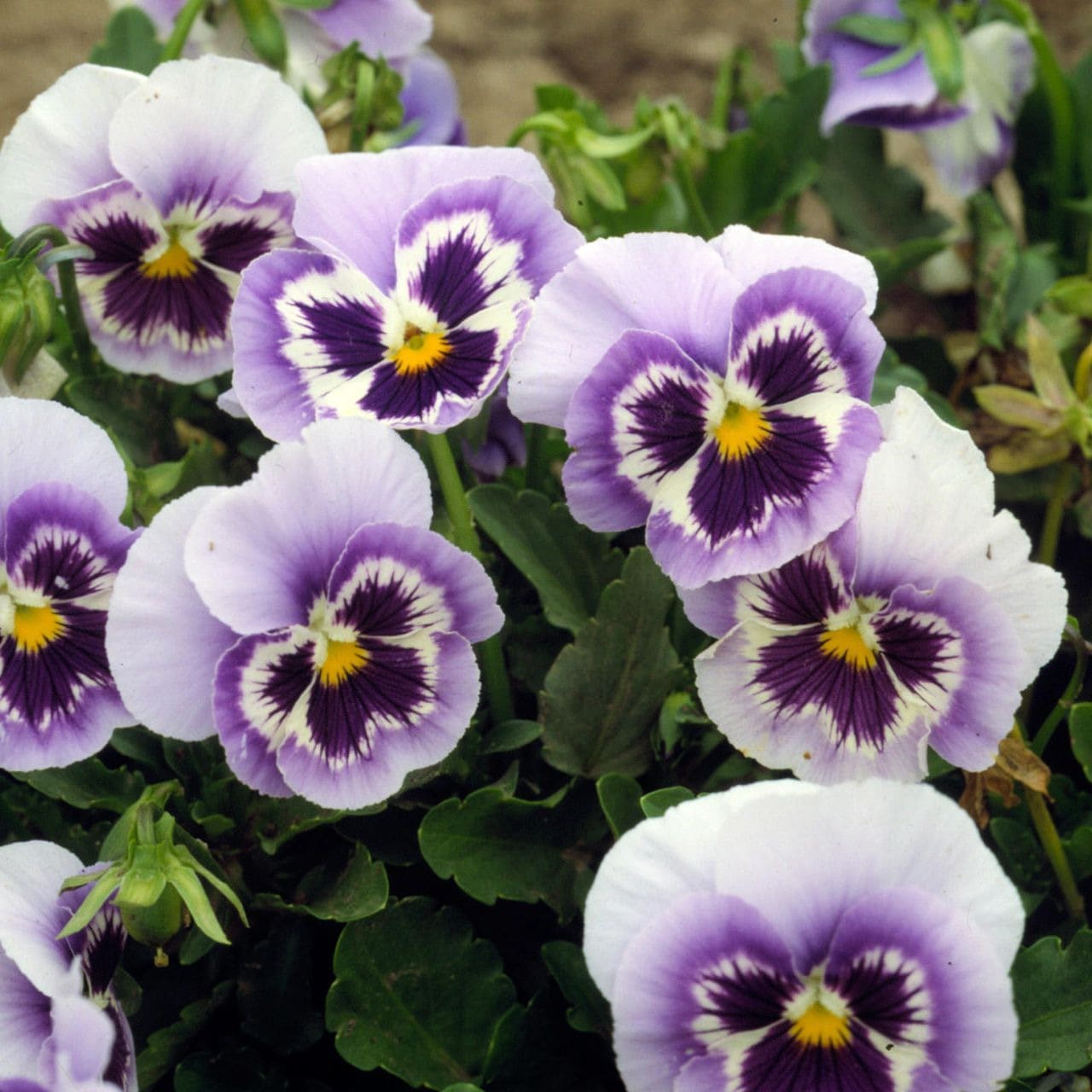
I used to think pansies were too delicate to bother with—pretty, yes, but short-lived and better suited for springtime porch displays than garden beds. I figured they were something you grew for a month before they wilted and disappeared. But one unusually warm winter, I planted a few just to brighten a dull bed.
To my surprise, they stuck around. Even when frost crept in, they stood their ground, their sweet faces still smiling through the cold. I’ve since grown a deep affection for their resilience—how such soft, velvety petals can hold their own when the weather turns gray.
Tip: Plant in early spring or fall for best performance. Keep deadheading and they’ll reward you with months of bloom.
10. Ornamental Kale
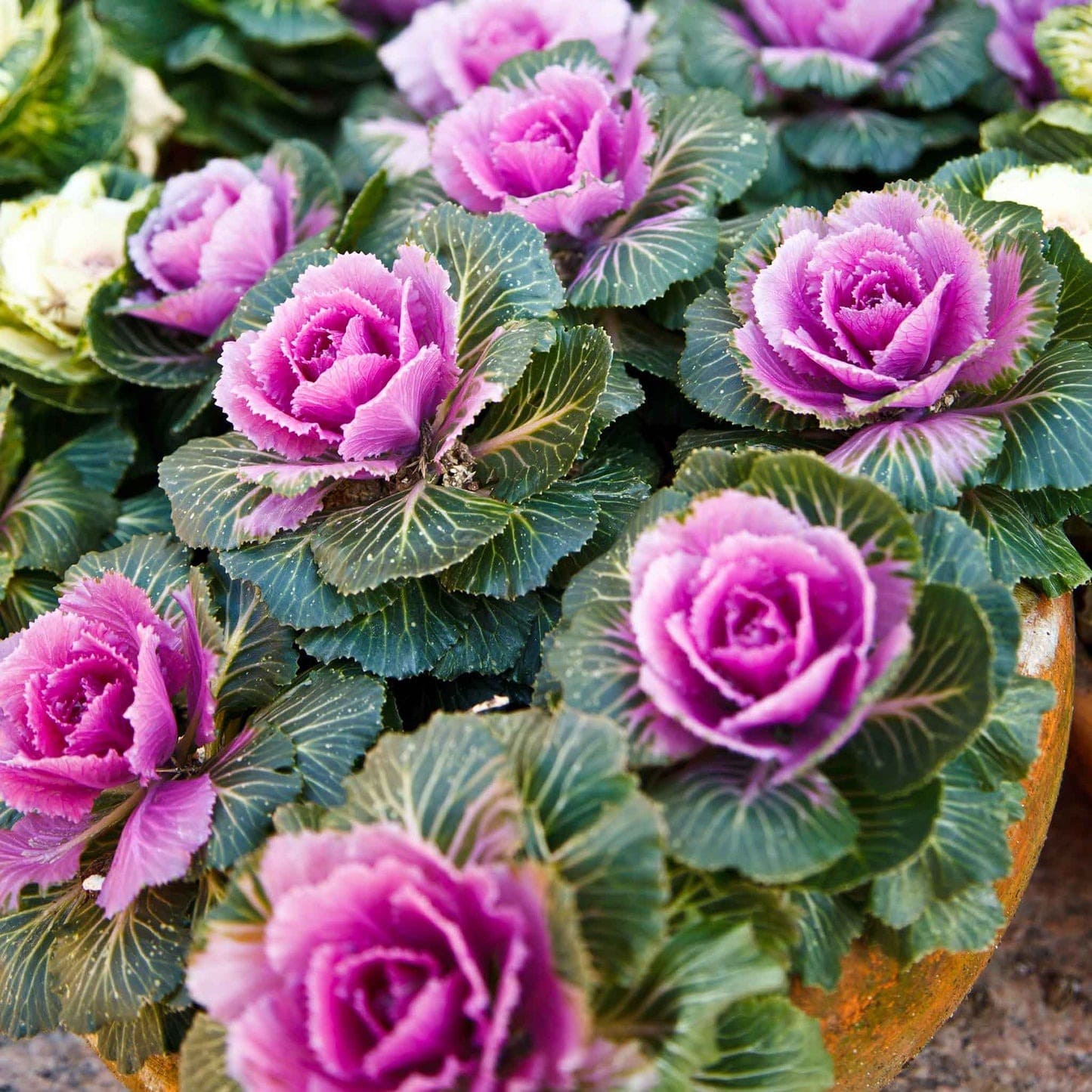
I never understood ornamental kale. Why grow something you couldn’t eat? It felt like a trick—cabbage that refused to be dinner. But one fall, I picked up a few purple and cream varieties on sale just to fill a bare container. I figured they’d last a few weeks.
They outlasted everything else. As frost came and annuals faded, those frilly, dramatic rosettes got more vivid by the week. They became the centerpiece of my autumn garden, stealing the spotlight with no effort at all. I’ve been planting them every fall since.
Tip: Use them in pots or front borders. They love cool weather and only get more colorful after a light frost.
Final Thoughts: Never Say Never in the Garden
If the garden has taught me anything, it’s this: plants have a way of changing your mind. Sometimes they sneak in quietly, other times they burst through like they’ve been waiting all along for you to notice. But more often than not, the ones we resist the most end up showing us something we didn’t know we needed.
I used to think I had everything figured out—my “perfect plant list,” my rigid preferences, my rows planned like little armies. But gardens don’t thrive on rules. They thrive on curiosity, forgiveness, and a willingness to be surprised.
So if there’s a plant you’ve sworn off, maybe give it another look. Let it surprise you. Let it root itself not just in the soil, but somewhere unexpected—like your morning routine, your favorite corner, or your heart.
Have you ever grown a plant you once said you’d never touch? I’d love to hear your story. Leave a comment, or tag me in your garden photos—I want to celebrate the joy of changed minds and blooming second chances right alongside you.
Let’s keep growing, keep laughing, and keep planting things we never thought we’d love.

